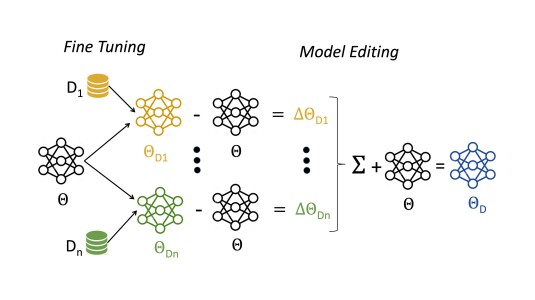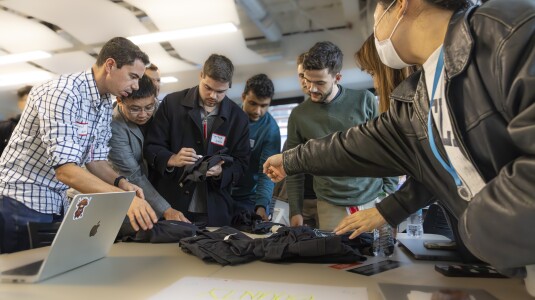Low quality capture and obstruction on fingers often re-sult in partially visible fingerprint images, which imposes challenge for fingerprint recognition. In this work, mo-tivated from the practical use cases, we first systemati-cally studied different types of partial occlusion. Specif-ically, two major types of partial occlusion, including six granular types, and the corresponding methods to simulate each type for model evaluation and improvement were introduced. Second, we proposed a novel Robust Partial Fingerprint (RPF) recognition framework to mitigate the performance degradation due to occlusion. RPF effectively encodes the knowledge about partial fingerprints through occlusion-enhanced data augmentation, and explicitly captures the missing regions for robust feature ex-traction through occlusion-aware modeling. Finally, we demonstrated the effectiveness of RPF through extensive experiments. Particularly, baseline fingerprint recognition models can degrade the recognition accuracy measured in FRR @ FAR=0.1% from 14.67% to 17.57% at 10% occlusion ratio on the challenging NIST dataset, while RPF in-stead improves the recognition performance to 9.99% under the same occlusion ratio. Meanwhile, we presented a set of empirical analysis through visual explanation, match-ing score analysis, and uncertainty modeling, providing in-sights into the recognition model’s behavior and potential directions of enhancement.
Research areas




